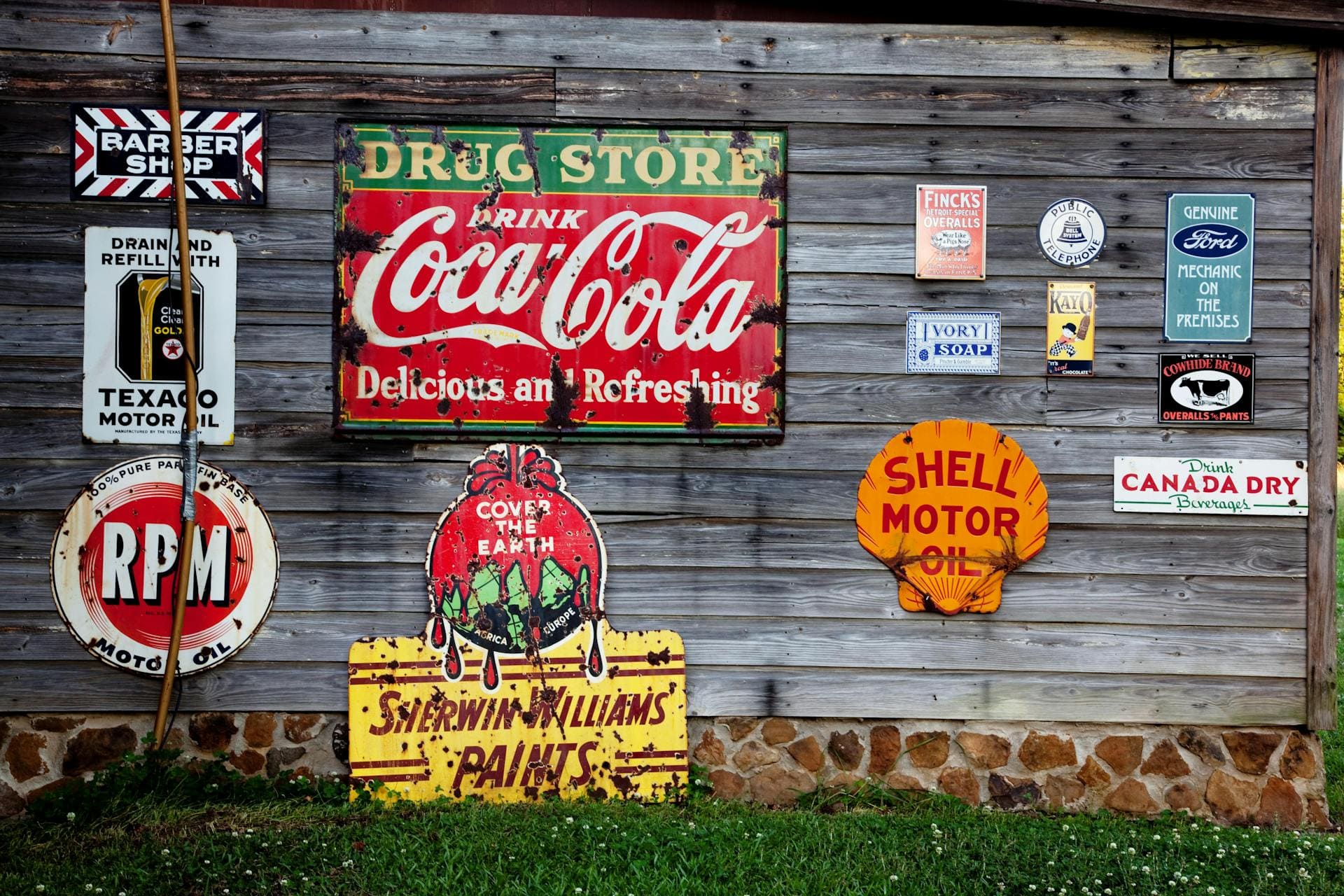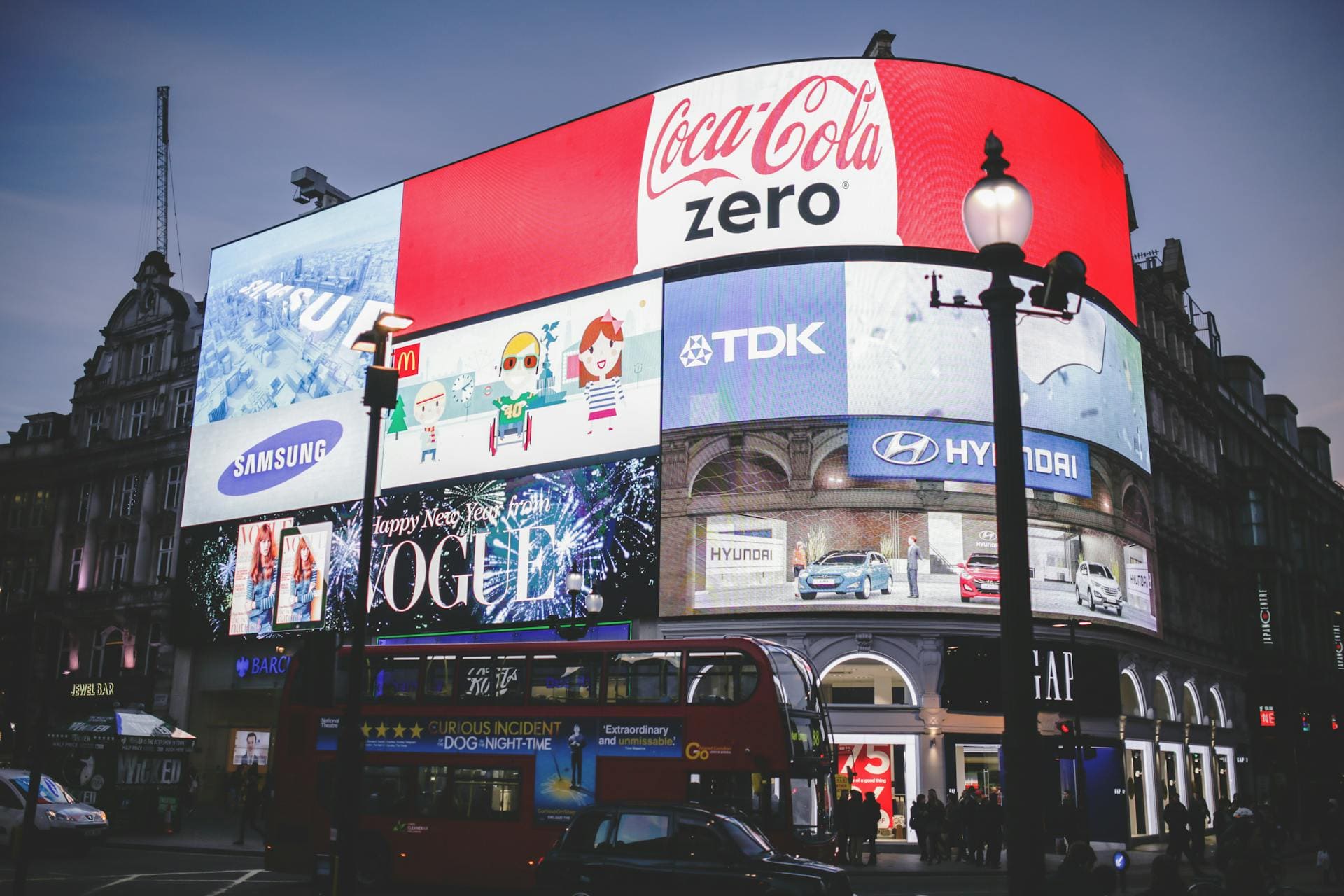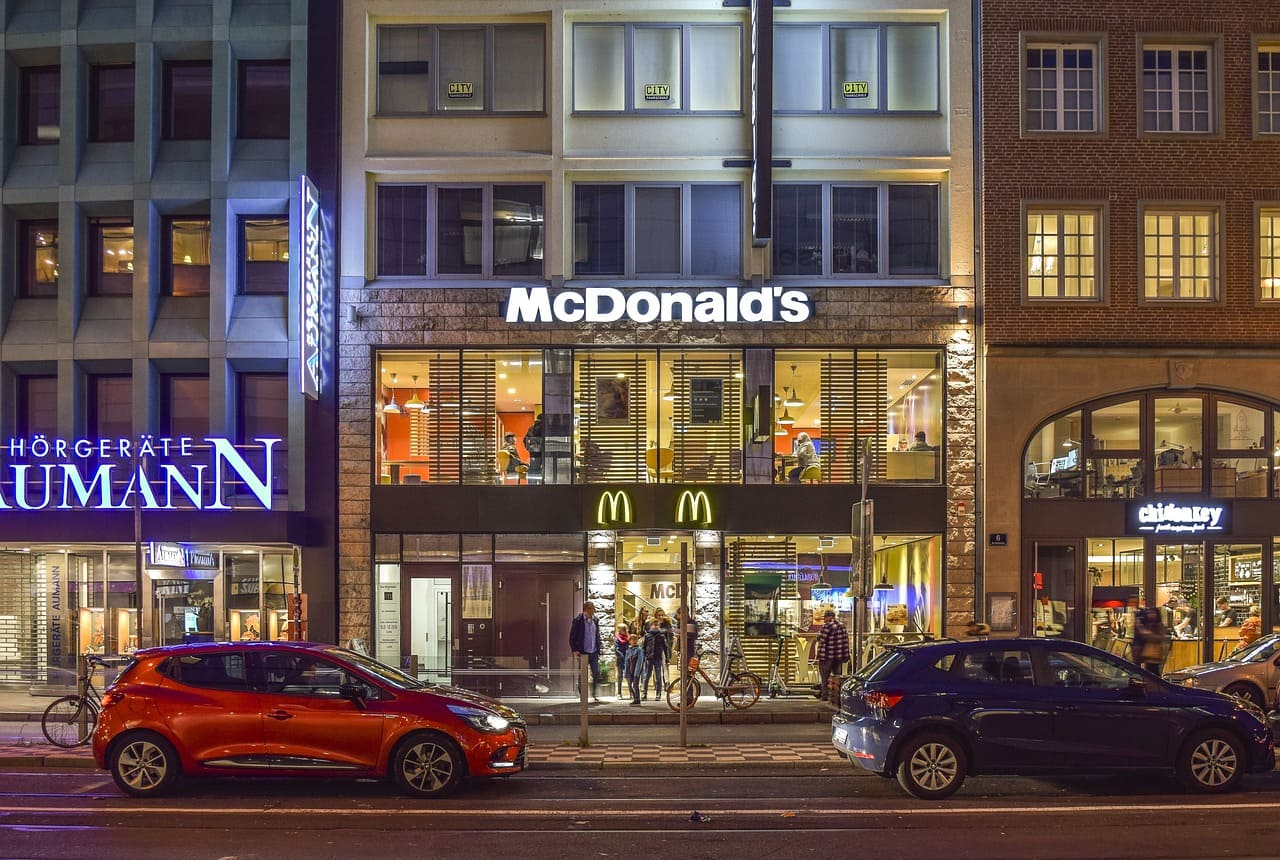What do you get when you hear frequency rate in advertising? You see, it’s all about how often folks see your ads. You wouldn’t want to bombard them, would you? No, that’s not a good look.
Think of it like a thermometer, you know, the ones your mothers use to check if you’re running a fever. It tells us how often those digital ads pop up in front of our potential customers. This helps us understand how well they remember our brand and our message.
Optimize Your Campaign
We can even adjust things based on what the “thermometer” tells us, making our campaigns even better. It’s like fine-tuning a radio, you want to hit that sweet spot where the music is just right. Contact now if you want us to adjust your ad frequency and make the best campaign for you!
It might sound a tad technical, but trust me, it’s more straightforward than it seems. Finding that sweet spot where your audience sees your ads enough times to remember you, but not so much that they start tuning you out! Like finding the right volume on the radio, not too loud, not too soft, just perfect for enjoying the music.
Reach and Frequency
Now, when we talk about frequency rate in advertising, we can’t forget our two trusty companions: Reach and Frequency. Reach is simply the number of unique individuals who have laid eyes on our ads during a campaign, casting a wide net to see who we can bring in and how many people could be exposed to your advertisement within a specific timeframe.
Frequency, on the other hand, gets a bit more specific. It refers to how many times a particular individual within your target audience is likely to encounter your ad. It’s about reinforcing our message, but not overwhelming anyone. Remember, we want to make sure everyone gets a chance to participate, but we don’t want to single anyone out too much either.
Effective Frequency Rate
You see, finding the right balance between reach and frequency is crucial. Too much frequency, and people might get tired of seeing our ads. Too little, and they might not even remember us. We want to cast a wide net with our message, but we also want to make sure it resonates with our audience. That’s where effective frequency comes in.
A good rule of thumb is to aim for a frequency of 1.8 to 4 on platforms like Facebook. That way, we’re staying top-of-mind without being a nuisance. Of course, there’s no one-size-fits-all approach. It all depends on our goals, our target audience, and the type of ads we’re running.
Think of effective frequency as the magic number of times someone needs to see your ad before it truly sticks in their mind and prompts them to take action, like buying your product or visiting your website. It’s like learning a new song – you might need to hear it a few times before you can sing along.
Ad Fatigue:
Now, some folks might think, “The more people see my ad, the better!” But that’s not always the case. Just like playing the same song on repeat can get tiresome, overexposing your audience to the same ad can lead to something called ad fatigue.
Imagine showing some friends the same funny video every day. At first, they might find it hilarious, but eventually, the laughter might fade, and they might even start groaning. That’s ad fatigue in action! It can lead to negative associations with your brand, and that’s certainly not what we want.
Frequency Capping:
So, how do we avoid bombarding our audience and causing ad fatigue? Well, we can use a handy tool called frequency capping. It allows us to set limits on how many times an ad is shown to the same person within a given period.
Finding the Right Frequency Rate in Advertising
The key to success in frequency rate in advertising is finding the right formula for your specific situation. Just like every student learns differently, every audience responds differently to advertising.
There’s no one-size-fits-all approach. Some campaigns might benefit from more frequent exposure, while others might perform better with less. It all depends on factors such as the complexity of your message, the duration of your campaign, and the channels you choose.
For example, a newer brand with a complex product might need to increase exposure to build awareness and understanding, while a well-established brand with a simple message might focus on maintaining its presence with less frequent communication.
Just remember, the goal is to find that perfect balance between reach and frequency, to deliver your message effectively, and to build a positive relationship with your audience.



